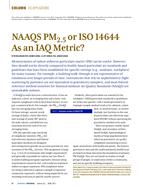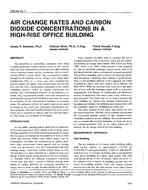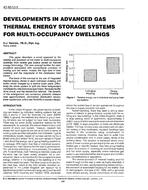The heating supply system of a building affects both the energy demand and the indoor comfort. A debate regarding the efficiency of radiator and floor heating systems has been going on for awhile in Sweden. One side claims that the heat loss increases by 30% due to floor heating, and the other side claims that floor heating saves energy and that it improves the indoor thermal comfort. In this paper, the heat loss and the thermal indoor comfort are simulated for both floor and radiator heating systems. The systems are evaluated as well or poorly insulated with thermally heavy and light buildings. The simulation results show that the differences in indoor climate and operative temperature between the heating systems are small. The floor heating systems have higher energy demand within the interval of 2% to 5% in the simulated examples. This is expressed by the performance factor (defined in the main body of the paper), which is less than one, which means that all the supplied heat is not transmitted to the interior. This factor depends on the foundation insulation resistance and the floor covering. The factor can easily be calculated from the U-factor of the floor and the thermal resistance between the pipe layer and the interior.
Authors: Carl-Eric Hagentoft, Ph.D.; Peter Roots, Ph.D.
Citation: Thermal Performance of the Exterior Envelopes of Buildings VIII
Keywords: December, Florida, 2001
Citation: Thermal Performance of the Exterior Envelopes of Whole Buildings VIII
Product Details
- Published:
- 2001
- File Size:
- 1 file , 410 KB
- Product Code(s):
- D-8002


